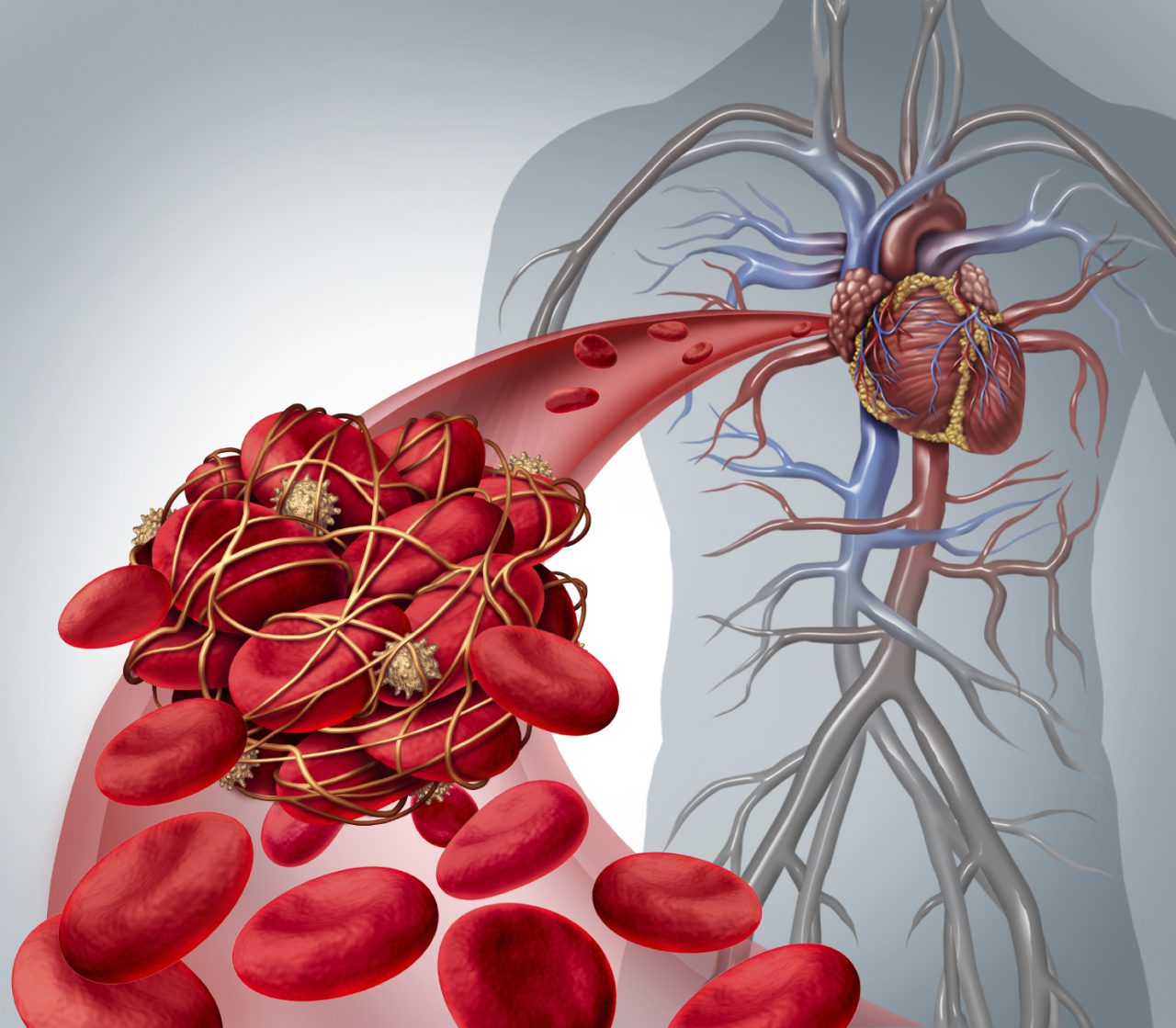Q. What can you do to prevent heart failure?
There are a number of things that you can do to reduce risk of coronary artery disease and heart failure. For starters, you should keep the following levels down: body weight, cholesterol, blood pressure, sugar, alcohol and salt. Exercise regularly. And, if you smoke, quit.
The most common symptoms of heart failure include shortness of breath, fatigue, and swelling, which usually occurs in the ankles, feet and legs. Swelling is caused by fluid buildup in the body and can lead to weight gain, frequent urination and a cough.
Because the symptoms are common for other conditions, your doctor will determine if you have heart failure by doing a detailed medical history, an examination, and several tests.
There is no cure for heart failure, but it can be controlled.
People with CHF are usually put on a low-salt diet to prevent fluid build-up. Their doctors may also tell them to lose weight, quit smoking, and reduce alcohol intake.
Medications that are used include: diuretics, “water pills” to reduce fluid; ACE inhibitors to lower blood pressure and reduce heart stress; beta-blockers to slow your heart rate and lower blood pressure; Digoxin to help the heart beat stronger.
Q. What exactly are “germs?”
Germs are microbes that cause disease.
Microbes are microscopic organisms that are everywhere. While some microbes cause disease, others are essential for health. Most microbes belong to one of four major groups: bacteria, viruses, fungi, or protozoa.
Bacteria are made up of only one cell. Less than one percent of them cause diseases in humans. Harmless bacteria live in human intestines, where they help to digest food. Some bacteria produce dangerous poisons. Botulism, a severe form of food poisoning, is caused by toxins from bacteria.
Viruses are among the smallest microbes. They consist of one or more molecules that contain the virus's genes surrounded by a protein coat. Most viruses cause disease.
There are millions of types of fungi. The most familiar ones are mushrooms, yeast, mold, and mildew. Some live in the human body, usually without causing illness. In fact, only about half of all types of fungi cause disease in humans. Penicillin and other antibiotics, which kill harmful bacteria in our bodies, are made from fungi.
Protozoa are a group of microscopic one-celled animals. In humans, protozoa usually cause disease. Some protozoa, like plankton, are food for marine animals. Malaria is caused by a protozoan parasite.
Q. How is atrial fibrillation treated?
Atrial fibrillation — also called AF or AFib — is the most common form of irregular heartbeat. It is an abnormal heart rhythm originating in the atria, the upper chambers of the heart. The rate of impulses through the atria can range from 300 to 600 beats per minute.
Initially, medications are used to treat atrial fibrillation. When initial remedies don’t correct or control AF, a procedure such as electrical cardioversion may be necessary. In this procedure, an electrical shock is delivered to your chest wall to restore a normal rhythm.
Then there are devices such as an implantable atrial defibrillator that delivers low-dose therapy to convert AF to a normal heart rhythm.
Patients with chronic AF not relieved by medication or procedures are candidates for surgical treatment. Many of these approaches can be performed with minimally invasive (endoscopic or “keyhole”) surgical techniques.









